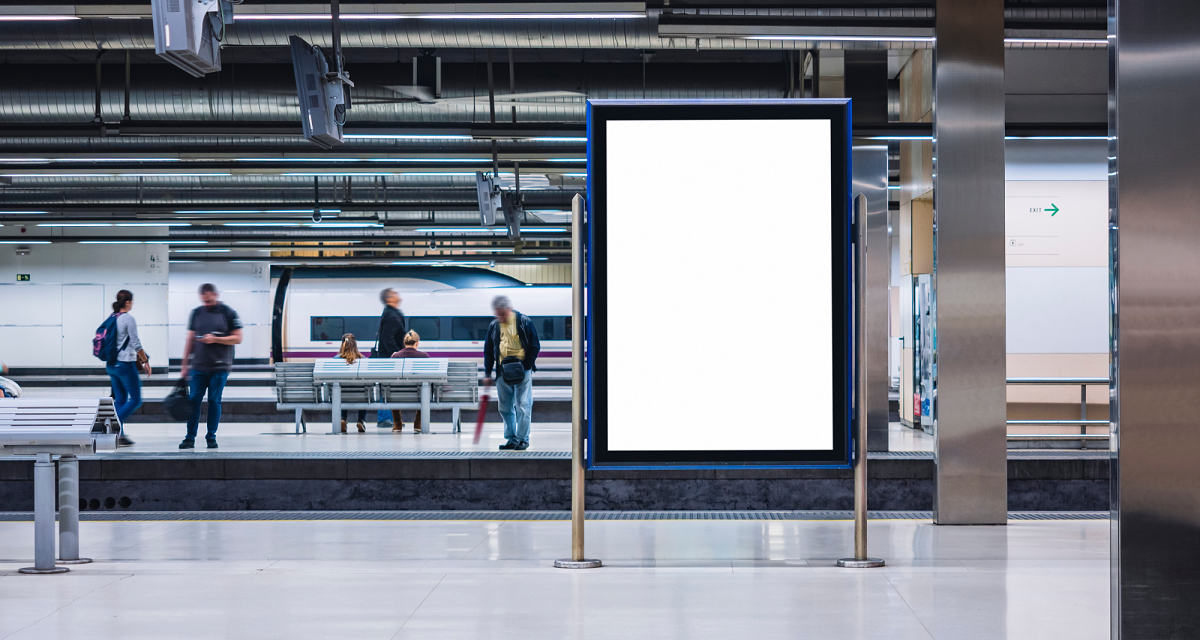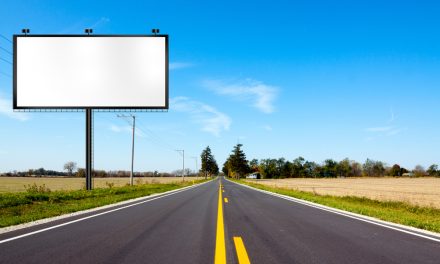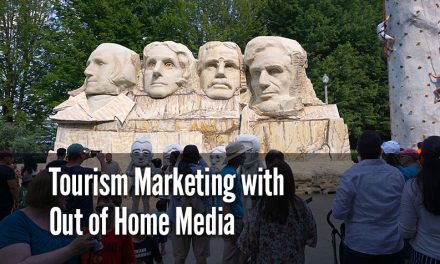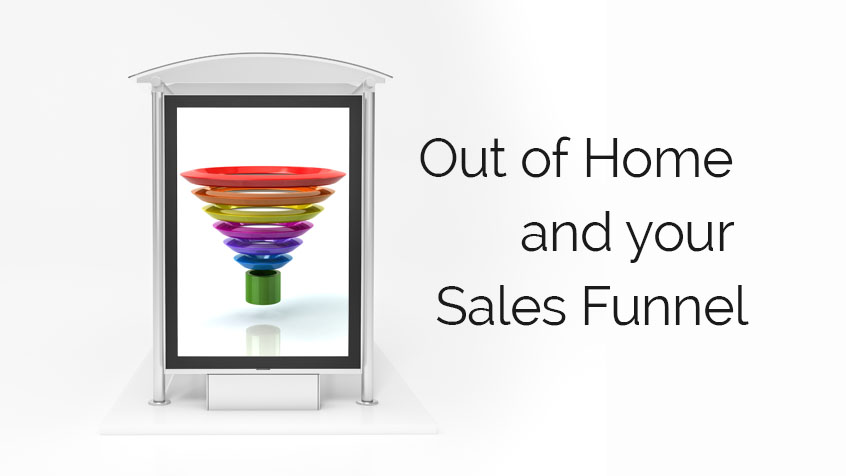How and Why Out-of-Home Media and Online Media Work Together
In today’s digital age, where online advertising dominates the marketing landscape, it’s easy to overlook the power of traditional out-of-home (OOH) media. However, rather than being competitors, OOH and online media can work harmoniously to enhance advertising campaigns’ effectiveness. In this article, we’ll explore the interaction between OOH and online media, highlighting their interplay and the benefits of integrating these two channels.
What is OOH?
Out-of-home media refers to advertising that reaches consumers while they are outside of their homes. OOH media can take many forms, including:
- billboards
- transit ads
- street furniture displays
- digital signage
OOH has long been a prominent player in the advertising industry with its ability to reach large audiences and create memorable brand experiences.
What Are Some Examples of Online Media?
Online media encompasses many digital advertising channels, such as:
- display ads
- social media ads
- search engine marketing
- email marketing
These platforms allow brands to target specific demographics and engage with consumers in a personalized manner across multiple platforms.
How Do OOH and Online Media Interact?
Contrary to popular belief, OOH and online media can complement each other to deliver more impactful messages. In fact, research shows consumers are more likely to interact with a digital ad after being exposed to an OOH ad first. When a brand utilizes OOH advertising to capture consumers’ attention outside of their homes, it can then direct them to online media platforms, such as a website or landing page. By aligning the aesthetics, engagement, and ease of use between the OOH message and the online experience, brands can create a seamless and memorable customer journey.
The Role of Mobile Phones in OOH Interaction
Mobile phones are crucial in bridging the gap between OOH and online media. With the widespread use of smartphones, advertisers can engage with consumers in real time and encourage immediate action. For example, an OOH ad might feature a QR code or interactive message that prompts users to visit a website or engage with the brand online. Mobile phones enable users to access online media instantaneously, enhancing the campaign’s overall impact.
Geolocation in Tandem with Digital OOH
Geolocation technology enables advertisers to leverage user location data to deliver targeted messages. Geofencing is slightly different. In the context of out-of-home media, geofencing allows brands to define specific geographic boundaries and target consumers within those areas. By combining geolocation with digital OOH, advertisers can retarget consumers who have been exposed to OOH ads with relevant online content, further reinforcing the brand message. This precision and personalization contribute to a more engaging customer experience.
And in some cases, it can significantly impact public health. The “A Mom Just Knows” campaign combined geofencing, OOH, and mobile advertising to raise awareness about Hunter Syndrome, a rare childhood disease. Not only did the 4-week campaign deliver over 7.4 million total impressions, but it won the gold award for best Multicultural Campaign at the MM&M awards.
Reinforcing the Message of Online Media through OOH
OOH reinforces the message of online media by providing tangible and visible proof of a brand’s reputation and credibility. When consumers see an online and out-of-home advertisement, it instills confidence in the brand and validates its presence. Consistent messaging across different channels strengthens brand awareness and drives higher engagement. And seeing an ad either online or out of home, taking action, such as using a coupon, buying a product, or visiting a location, and then seeing that same ad again reinforces that the customer took the right step by responding to the brand’s call to action. And research supports the notion that OOH drives consumer activity both online and in the real world.
One Customer’s Journey with OOH
Consider a hypothetical customer journey: A person sees an online ad for a health and wellness brand while browsing on their mobile phone. This ad sparks their interest, prompting them to visit a local gym. Once at the gym, they encounter the same ad on digital screens, reinforcing their decision to pursue a healthier lifestyle. This integrated experience, where the brand’s message follows the consumer throughout their day-to-day activities, fosters a stronger connection and increases the likelihood of action.
Consider another slightly different customer journey. Someone is driving along the highway, and they see a bulletin for a law firm whose call to action is: “Go to our website to enter a giveaway for free Taylor Swift tickets.” That person gets home and visits the website, and enters the sweepstakes. Even though the CTA is not directly related to selling the law firm’s services, the irresistible offer gets people to the website and puts the firm’s brand messaging in front of their eyes. So an OOH or online CTA doesn’t necessarily have to sell your company’s products or services directly—it can just be about getting your brand in front of people.
Getting Started with OOH Media
The relationship between OOH and online media is not one of competition but of collaboration. And with the right out of home media experts by your side, you can leverage both types of advertising to your company’s advantage. Visit EMC Outdoor’s website to learn more about how we simplify, streamline, and optimize location-based marketing.





